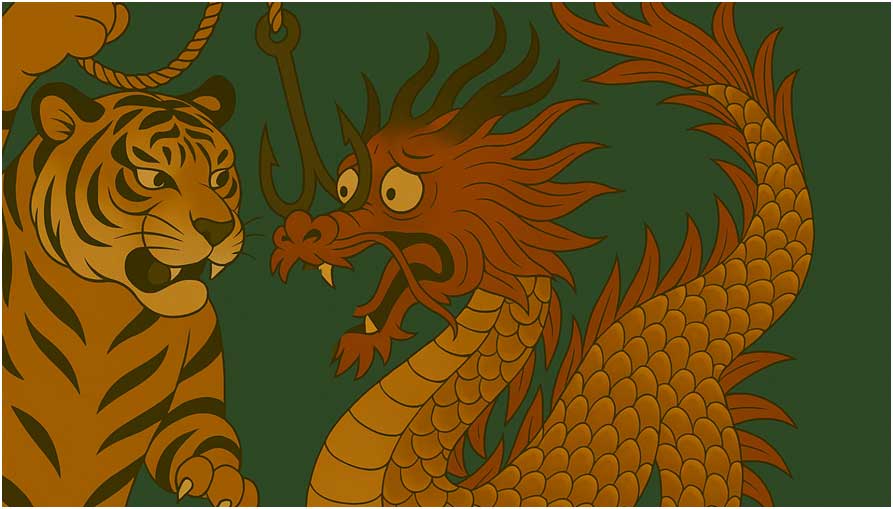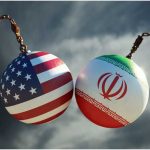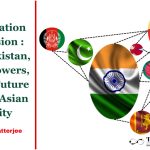In recent years, the Indian Ocean has transformed into one of the world’s most important and contested geopolitical spaces. The maritime trade, energy routes, and military interests converge, making it the focus of both regional and global powers. Amid this growing strategic scramble, India is quietly but effectively laying down the foundation of a maritime counteroffensive. While much of the world’s attention is on the Indo-Pacific, India has closely watched its ocean backyard. The Indian Ocean Region (IOR) is home to key trade routes and chokepoints, including the Straits of Hormuz, Malacca, and Sunda-Lombok, which account for over 50% of the world’s trade passes. But the stakes here go beyond economics; this ocean is the stage for new-age power projection, naval competition, and influence-building.
One of India’s major concerns is China’s growing footprint in the IOR, which is no longer subtle or limited. Through its ambitious Belt and Road Initiative (BRI), China has positioned itself in numerous strategic ports around the region, often through loans that lead to long-term control. From Gwadar in Pakistan and Hambantota in Sri Lanka to Kyaukpyu in Myanmar and Port Sudan in Africa, China’s “String of Pearls” strategy reshapes the region’s maritime landscape.
These pearls aren’t just economic investments. Many of these ports are being upgraded to support China’s dual-use capabilities and civilian and military strengths, which project power and monitor naval activity across India’s maritime periphery. The growing Chinese presence in Bangladesh, the Maldives, Malaysia, and Myanmar only adds to New Delhi’s concerns.
India has devised its counter-strategy, an innovative, sweeping maritime framework known as the Double Fish Hook Strategy. Unlike China’s approach, which relies heavily on debt and infrastructure, India’s strategy leans on diplomacy, partnerships, and logistical agreements with like-minded nations. The plan is divided into two “hooks”- one on the eastern side of the Indian Ocean, the other on the west.
- On the eastern front, the hook starts with India’s Andaman and Nicobar Islands, strategically located near the Strait of Malacca. It then stretches to Sabang Port in Indonesia, further down to Australia’s Cocos Islands, and curves around Diego Garcia, the US military base.
- On the western side, the hook begins with Duqm Port in Oman, passes through Mauritius and Seychelles, and includes Reunion Island, a French territory in the Indian Ocean. Together, these alliances and partnerships form a security arc that mirrors the strategic encirclement China is pursuing, except India’s version, which is built on cooperation rather than coercion.
The Fish Hook Strategy is more than a map of ports and pacts. It’s a statement of intent and asserts India’s role as a regional net security provider. It strengthens India’s ability to monitor vital trade routes, prevent maritime threats, and deter hostile activities.
At a time when China’s influence is spreading rapidly, often with little regard for transparency or sovereignty, India’s approach offers a more inclusive, cooperative alternative. It focuses on balancing power without destabilising the region. Perhaps most importantly, it puts India in the driver’s seat of regional maritime security, where its interests are most directly at stake.
India has signed several maritime and logistics agreements to bring this strategy to life. The 2016 LEMOA agreement with the US allows mutual access to military bases and refuelling, while similar pacts with France and Australia allow India to extend its naval reach across the Indo-Pacific. In 2019, India signed a maritime pact with Oman for access to the Duqm port, and discussions with Djibouti, a key location near the Horn of Africa, are ongoing. India has also deepened its engagement with island nations in the western Indian Ocean. By becoming an observer in the Indian Ocean Commission in 2020, India now works more closely with Mauritius, Seychelles, Madagascar, and Comoros, aligning regional interests with maritime security goals. Meanwhile, the Sabang Port development with Indonesia gives India an edge in the eastern Indian Ocean, just as China tries to dominate that space through its port deals.
As Mahan famously said, “Sea power is essential to national greatness.” India’s Fish Hook Strategy reflects this wisdom, not just through words but through well-calculated action. It may not yet make the headlines like China’s grand BRI does, but it is slowly and steadily reshaping the balance of power in the Indian Ocean. In the battle of hooks versus pearls, India shows that it knows how to fish with strategy, foresight, and respect for regional sovereignty.





